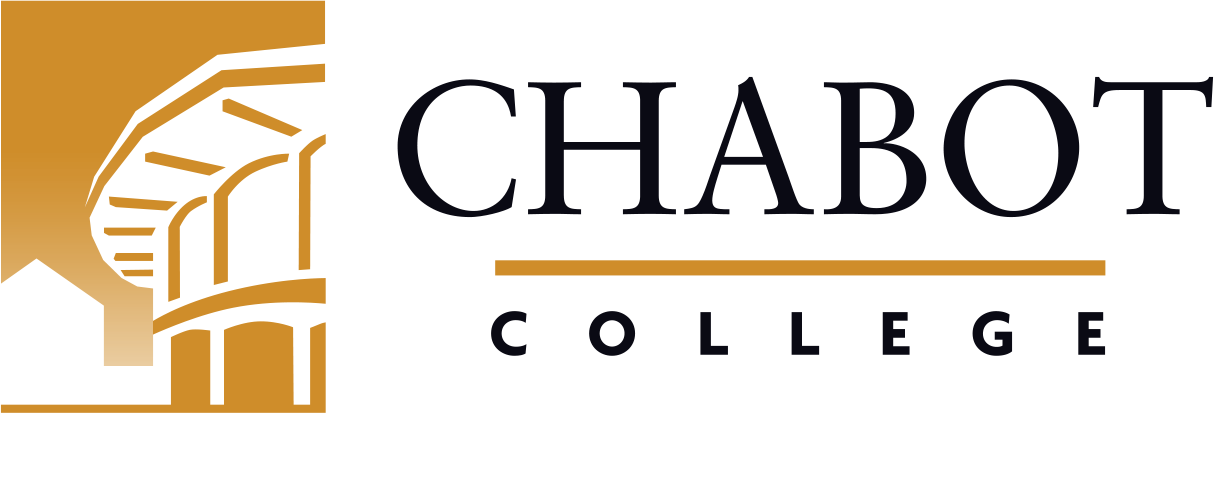
Course Outline for Dental Hygiene 50B
Dental Hygiene Orientation II
Effective: Fall 2022
SLO Rev: 06/28/2021
SLO Rev: 06/28/2021
Catalog Description:
DHYG 50B - Dental Hygiene Orientation II
0.50 Units
Orientation for second year dental hygiene students focusing on patient management and scheduling. Treatment of periodontal patients is also addressed, with emphasis on dental hygiene treatment including adjunct therapy considerations. Clinical requirements and required competency forms are also reviewed.
Prerequisite: DHYG 71B.
1240.20 - Dental Hygienist*
Pass/No Pass
| Type | Units | Inside of Class Hours | Outside of Class Hours | Total Student Learning Hours |
|---|---|---|---|---|
| Lecture | 0.50 | 9.00 | 18.00 | 27.00 |
| Total | 0.50 | 9.00 | 18.00 | 27.00 |
Measurable Objectives:
Upon completion of this course, the student should be able to:
- develop problem solving strategies for working with client scheduling;
- recognize the importance of scheduling strategies for successful completion of patient competencies;
- identify the patient requirements that need to be met in order to successfully fulfill the clinical requirements in second year clinic;
- demonstrate the ability to write a treatment/care plan that identifies patient risk factors, goals interventions and evaluation mechanisms;
- demonstrate the ability to identify and utilize planning and organizational skills as they pertain to care planning/treatment planning;
- identify instruments that are used in providing dental hygiene care and articulate when each instrument would be used;
- identify course requirements related to identification criteria, placement, evaluation, follow-up and all forms required for placement of Interim Therapeutic Restorations.
Course Content:
- Problem solving strategies
- Case classification
- Periodontal classification
- CaMBRA classification
- Treatment planning
- Identification and handling a medical emergency
- Scheduling strategies for case completion
- Scheduling strategies for completion of clinical requirements
- Patient treatment planning
- Identification of patient needs
- Patient oral health education
- Development and presentation of a patient care plan
- Electronic treatment planning - Dentrix
- Advanced care planning/treatment planning
- Determining appointment time, frequency
- Determining prophylaxis and periodontal maintenance interval
- Re-evaluation of dental hygiene care
- Required clinical and patient forms
- Test Cases
- Gracey Competency
- Sharpening Competency
- Soft Tissue Curettage Competency
- Local Anesthesia Competency
- N20/02 Sedation Competency
- Topical Anesthesia Competency
- Subgingival Irrigation Competency
- Subgingival Antimicrobial Competency
- Sealant Placement Competency
- Periodontal Staging and Grading
- CaMBRA
- Patient Care Plan
- Chart Audit form
- Needs Assessments form
- Radiology Evaluation/Grading form
- Ultrasonic Instrumentation Competency
- Patient Survey form
- Clinical Rotation Evaluation
Methods of Instruction:
- Class and group discussions
- Handouts and rule interpretations.
- Lecture/Discussion
- Case Study
- Distance Education
- Group Activities
Assignments and Methods of Evaluating Student Progress:
- Create a treatment plan and treatment schedule for clinic.
- Write a care plan for a patient which identifies patient risk factors, goals, interventions and evaluation mechanisms.
- Write a care plan for a patient related to Interim Therapeutic Restorations to include risk factors, goals, interventions and evaluation mechanisms.
- Complete a worksheet focusing on clinical requirements and course syllabus
- Complete required forms for outside clinical rotation
- Class Participation
- Patient Case Study Presentation
- Critical thinking exercises
Upon the completion of this course, the student should be able to:
- discuss and implement scheduling strategies to fulfill clinical requirements;
- create a treatment plan which identifies risk factors, goals, interventions and evaluation, specific to patient needs;
- discuss forms, criteria, placement, evaluation and follow-up related to ITRs;
Textbooks (Typical):
- Gehrig, J. S., Sroda, R. & Saccuzzo, D (2019). Fundamentals of Periodontal Instrumentation and Advanced Root Instrumentation (8th). Walters Klluwer.
- Malamed, S. F. & Orr, D. L. (2015). Medical Emergencies in the Dental Office (7th). Mosby.
- Darby and Walsh, (2015). Dental Hygiene Theory and Practice, (4th). Elsevier.
- No additional materials required
Abbreviated Class Schedule Description:
Orientation for second year dental hygiene students focusing on patient management and scheduling.
Prerequisite: DHYG 71B.